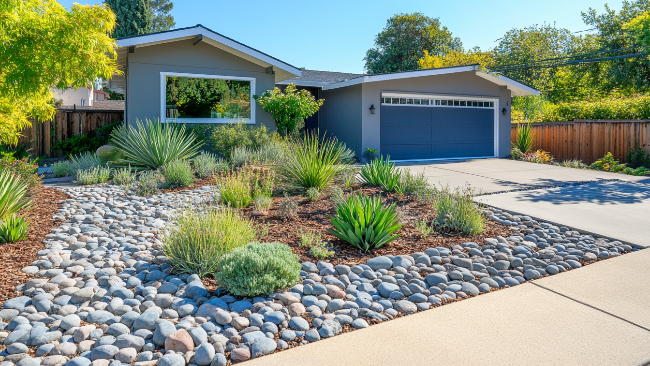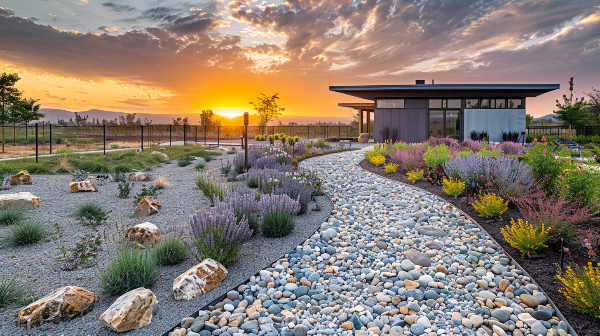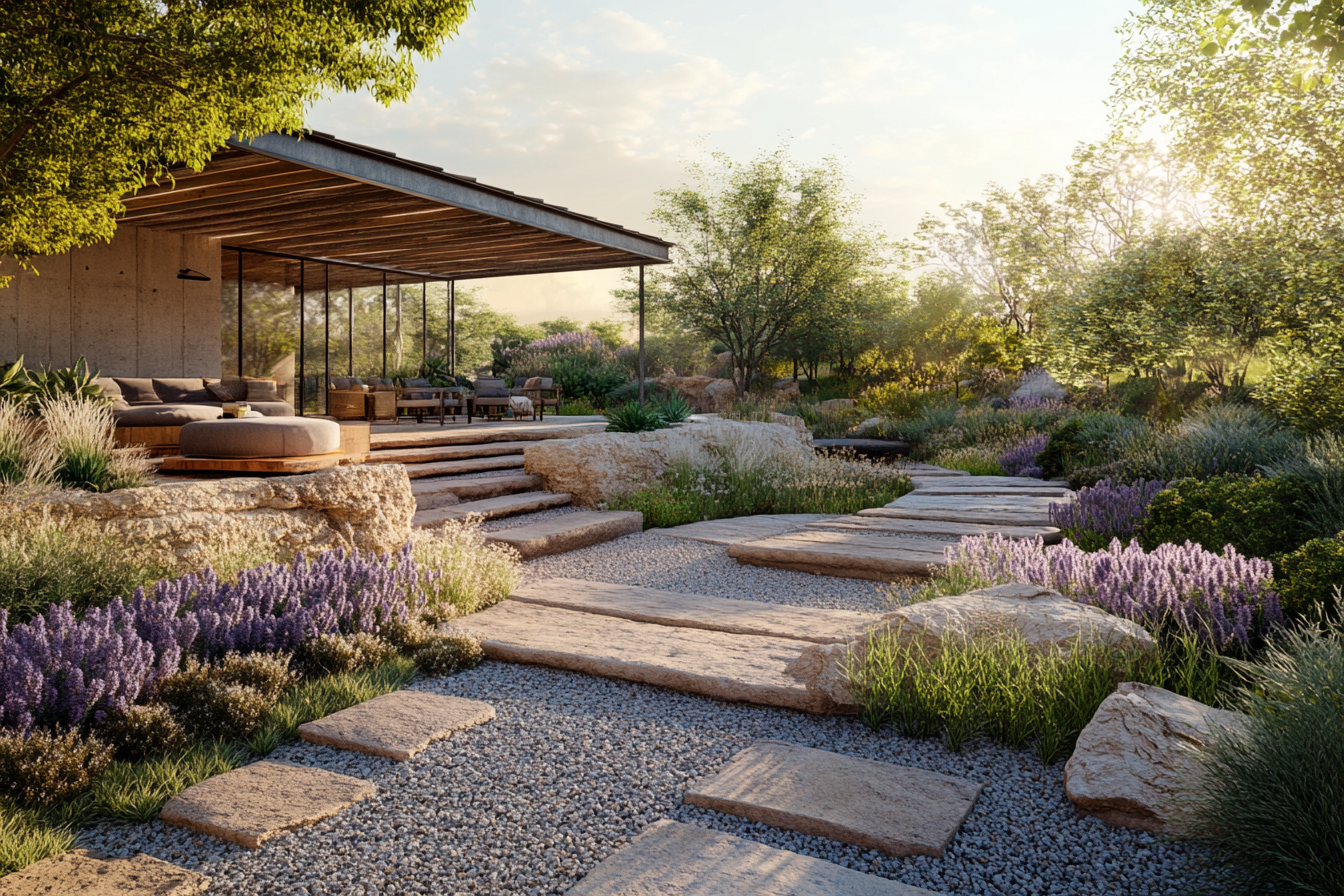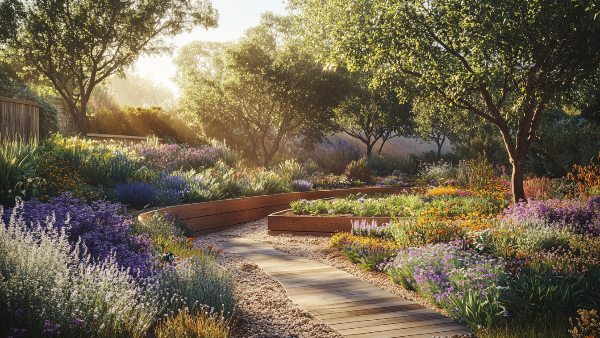Sonoma County’s Guide to Low-Maintenance Landscaping

Easy-to-Maintain Landscaping for Sonoma Gardens
Sonoma County is renowned for its stunning natural beauty and Mediterranean climate, making it the perfect place to embrace low-maintenance landscaping. By choosing the right plants, design features, and care strategies, you can create a breathtaking outdoor space that thrives with minimal effort. Whether you’re a busy professional, a retiree, or a nature enthusiast, these tips will help you craft a sustainable and serene environment.
Understanding Sonoma County’s Unique Climate
Before diving into landscaping options, it’s essential to understand Sonoma County’s climate. With hot, dry summers and mild, wet winters, the area’s Mediterranean weather supports a wide variety of drought-resistant plants. Taking advantage of native flora not only reduces water use but also ensures your garden harmonizes with the surrounding environment.
Key Features of Sonoma County’s Climate
Sonoma County’s climate features low rainfall concentrated in winter (25-30 inches annually), hot summers that prioritize water conservation, and occasional winter frost requiring thoughtful plant selection. By tailoring your landscaping to these conditions, you can craft a garden that is both stunning and easy to maintain.
Embracing Drought-Tolerant Plants
Drought-tolerant plants are essential for low-maintenance landscaping in Sonoma County. Native species are particularly well-suited to the region’s climate, requiring less water and care compared to non-native varieties.
Top Native Plants for Sonoma County
- California poppy: This vibrant orange flower is not only the state flower but also a hardy choice for sunny areas.
- Manzanita: With its striking red bark and evergreen leaves, manzanita adds year-round interest to your landscape.
- Lavender: Known for its fragrance and resilience, lavender thrives in Sonoma’s dry conditions.
- Ceanothus (California lilac): This shrub produces stunning blue flowers and attracts pollinators.
- Toyon (California holly): Ideal for hedges or privacy screens, toyon provides colorful berries in winter.
Incorporate these plants into your garden to reduce watering needs and support local wildlife.
Designing for Efficiency and Beauty
Low-maintenance landscaping design is as much about smart design as it is about plant selection. By incorporating features that minimize upkeep, you can enjoy a functional and visually appealing garden without spending every weekend working in it.
Tips for Low-Maintenance Design
- Group plants with similar needs: Create zones for high- and low-water plants to simplify irrigation.
- Opt for hardscaping: Use gravel, decomposed granite, or flagstone to reduce lawn size and watering requirements.
- Install drip irrigation: This efficient system delivers water directly to plant roots, reducing waste.
- Add mulch: A 2-3 inch layer of mulch retains soil moisture, suppresses weeds, and improves soil quality.
- Incorporate raised beds: These are easier to maintain and prevent soil compaction.
When designing your garden, think long-term to ensure that each feature serves your needs while enhancing the landscape’s natural beauty.
Minimal Lawn, Maximum Impact
Traditional lawns require significant maintenance, including mowing, watering, and fertilizing. Reducing or eliminating lawn areas is one of the simplest ways to embrace low-maintenance landscaping.
Alternatives to Grass
Alternatives to traditional lawns like creeping thyme, woolly yarrow, and sedum offer excellent low-maintenance substitutes for grass. Gravel gardens add a modern aesthetic while reducing upkeep, and artificial turf eliminates the need for watering or mowing. For a natural look, wildflower meadows support pollinators and reduce water usage. These options save time and resources while transforming your outdoor space into a unique, sustainable environment.
Seasonal Care Made Simple
Low-maintenance doesn’t mean no maintenance, but with a few strategic practices, you can minimize the effort required to keep your garden looking its best.
Seasonal Tips for Sonoma County Gardens
- Spring: Prune shrubs and trees, refresh mulch, and check irrigation systems for leaks.
- Summer: Water early in the morning to reduce evaporation and monitor plants for heat stress.
- Fall: Plant drought-tolerant species, as cooler temperatures and rainfall help establish roots.
- Winter: Remove fallen leaves, protect frost-sensitive plants, and plan next year’s updates.
- By following these guidelines, you’ll ensure your garden remains healthy and vibrant year-round.
Why Choose Low-Maintenance Landscaping?
Low-maintenance landscaping not only saves time and effort but also offers significant benefits like conserving water in Sonoma County’s drought-prone environment, reducing overall expenses through minimized water and fertilizer use, supporting local ecosystems with native plants, and boosting property value with enhanced curb appeal.
Transform Your Sonoma County Landscape Today
Low-maintenance landscaping is an ideal solution for busy homeowners who want to enjoy the beauty of Sonoma County’s natural environment without the hassle of constant upkeep. By selecting the right plants, incorporating efficient design elements, and following seasonal care practices, you can create a sustainable garden that thrives in the region’s unique climate.
Ready to start your landscaping journey? Contact us to bring your vision to life. Your dream garden is just a few steps away!




